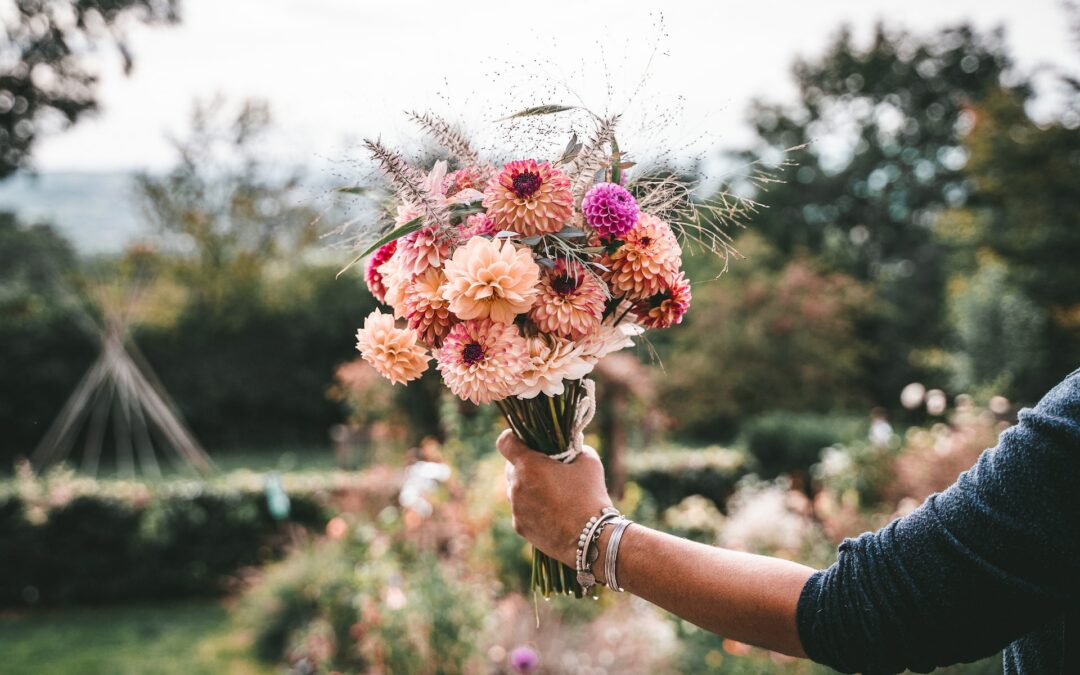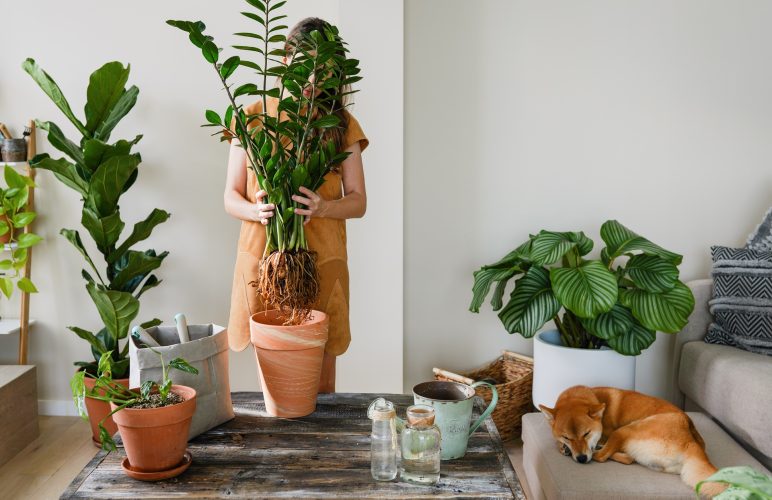
Over the centuries, flowers have woven a captivating web of symbolism that transcends cultures, artistic mediums, and generations. The language of flowers, or floriography, grants us the unique ability to express emotions and convey messages through the allure and mystery of their delicate forms and vibrant colours. In this enchanting realm, each bloom tells a story, whispering its significance to the hearts and minds of those willing to listen.
Join us, Welch, as we embark on a journey to unravel the rich tapestry of floral symbolism in art, literature, and culture. Discover how artists, authors, and poets have skillfully employed flowers as essential elements in their works, masterfully articulating their ideas and emotions with the beauty of petals and leaves. As we uncover the deeper meanings behind renowned paintings, immortalised fiction, and the secret love notes of history’s most celebrated individuals, you will unveil a new way of looking at the wonders of nature. Prepare to immerse yourself in the enchanting world of floral symbolism as we explore the secrets of the earth’s most delicate and expressive creations.
The Emergence of Floriography: A Secret Code in History
The language of flowers has ancient roots, dating back to biblical times when plants and herbs were ascribed symbolic meanings based on scripture. As time passed, floriography developed in different cultures worldwide, including the Greeks, Romans, and Chinese. During the Victorian Era, this coded language reached new heights of popularity, with strict social etiquette leading people to exchange flowers as a means of secretly expressing their emotions. Popular flowers in floriography included roses for love, forget-me-nots for true love, and lavender for devotion.
Expert Insight: The Victorian era saw the publication of numerous floriography dictionaries, which provided detailed lists of flowers and their corresponding meanings. To this day, we can still explore historical examples such as Charlotte de Latour’s “Le Langage des Fleurs” or “The Language of Flowers” by Kate Greenaway.
Unveiling The Symbolism: Flowers in Art
Throughout art history, painters have employed flowers as essential symbols within their masterpieces. One classic example is Jan van Eyck’s “The Arnolfini Portrait”, where a bouquet of lilies and roses symbolise purity and love in marriage. Similarly, in Sandro Botticelli’s “Primavera”, the use of orange blossoms, laurel, and roses contribute to the painting’s overall allegorical meaning, from innocence to fertility.
Expert Insight: Pay attention to the intricate details when admiring a work of art, as blooms hidden within can hold symbolic meanings that enhance the artwork’s overall message. For instance, tulips in Dutch paintings often represent fleeting beauty, while irises and hyacinths typically symbolise resurrection and rebirth.
Poetry in Petals: Floral Allegories in Literature
From Shakespeare’s plays to Brontë’s novels, prominent authors have long used floral symbolism to convey emotions, ideas, or foreshadowing events in their works. In “Romeo and Juliet”, Shakespeare brings the traditional symbolism of the rose to life, emphasising love’s transcending nature. Meanwhile, in Emily Brontë’s “Wuthering Heights”, the juxtaposition of wildflowers and cultivated plants mirrors the contrasting nature of the central characters.
Expert Insight: Next time you peruse the pages of a classic novel or a poem, look for the presence of flowers and consider how their symbolism may enhance your interpretation or understanding of the text. For example, daisies in literature often represent purity and innocence, while the poppy symbolises sleep, peace, or often even death.
Love Letters Bloom: Floral Symbolism in Correspondence
Historically, couples in secret courtships struggled to communicate openly due to societal constraints. To bypass this challenge, they developed a secret language using flowers to convey hidden messages. A suitor might offer a bouquet containing red roses to declare their love, while a recipient could respond with a nosegay of pink carnations to express gratitude. If the exchange featured daffodils, a desire for the bond to remain platonic might be implied.
Expert Insight: When exploring historical love letters or notes, it’s important to assess the floral symbols present during that time to decipher the true meaning and depth of emotion expressed through their chosen blooms. Consider the fascinating example of Napoleon and Josephine’s love letters, as the inclusion of violets in their correspondence symbolised their love, with the flower eventually becoming an emblem of their romance.
Flowers Around the World: Cultural Meanings in Global Traditions
In addition to its historical significance, floral symbolism also varies across cultures. In Buddhism, the lotus flower represents spiritual enlightenment and purity, as it emerges unblemished from the murky depths. In Japan, the sakura or cherry blossom symbolises the transient nature of life due to its ephemeral blooms. Meanwhile, the marigold holds an essential place in Mexico’s Día de los Muertos celebrations, believed to guide spirits with its vibrant colours and heady scent.
Expert Insight: As you learn more about the diverse cultural meanings associated with flowers, you’ll begin to notice how events, rituals, or beliefs depend on these symbolic blossoms throughout the world. Embrace these rich traditions by incorporating different cultural interpretations of flowers in your study of the language of flowers.
By delving into the fascinating world of floriography and discovering the vast array of symbolic meanings held by each bloom, we learn to appreciate the beauty and depth of expression found in nature’s smallest creations. From the canvas of the Renaissance master to the pages of a classic novel, our exploration of flowers’ symbolic language across art, literature, and culture reveals a captivating and timeless form of communication that will continue to enchant and inspire generations.
A Blossoming Connection: Uniting Floral Symbolism with Our Creations
As we’ve explored, flowers possess a rich and captivating history of symbolism that transcends cultures, art forms, and generations. With so much meaning and significance hidden within each petal and leaf, the power of flowers to convey profound emotions and messages is truly awe-inspiring. At Welch, we cherish the enchanting world of floriography and strive to infuse our creations with the beauty, depth, and symbolism inherent in nature’s most delicate and expressive artworks.
Whether you wish to send a secret message to someone special, depict unique emotions in a celebratory arrangement, or simply indulge in the fascinating world of floral symbolism, our expert florists will lovingly craft exquisite compositions that evoke emotions and create lasting memories. With our vast knowledge of floriography, we’re fully equipped to design arrangements with the perfect blend of meaningful blooms.
Embrace the charm of the language of flowers in your very own bespoke floral arrangements designed to tell your unique story. Explore our bespoke creations and trust our passionate team to guide you in selecting the ideal combination of blooms intertwined with meaningful symbolism and artisanal flair. Order flowers online at Welch; let us help you express your emotions and connect with others through the timeless beauty and depth of flowers.

